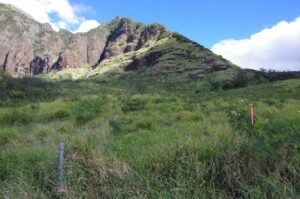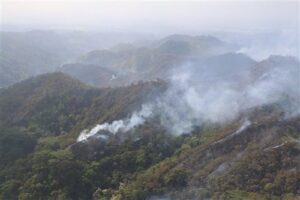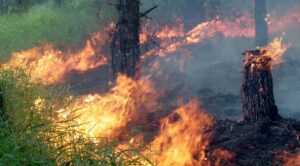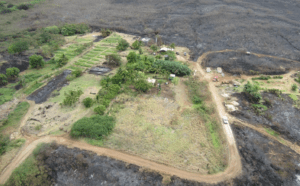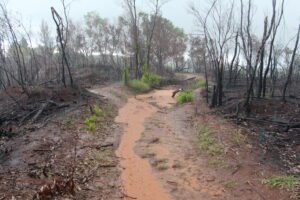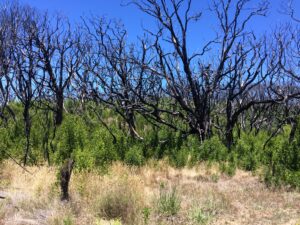Hawai’i NOTE ON DATA USE AND DISTRIBUTION: We actively encourage use of this data set for scientific purposes and planning by communities, natural resource managers, and emergency response agencies. Users are prohibited…
Summary results of 30 plants recommended by experts for planting in Hawai`i from sea level to 2,000 ft elevation (2023 survey results)
Species list of 30 plants recommended by experts for planting in Hawai`i from sea level to 2,000 ft elevation (2023 survey results)
Since the arrival of European and American settlers in the late 18th century, the cultural and economic landscape of Hawaiʻi has undergone rapid and profound transformations.
Since the arrival of European and American settlers in the late 18th century, the cultural and economic landscape of Hawaiʻi has undergone rapid and profound transformations.
When re-planting, limit the spread of invasive pests by following these guidelines.
In the aftermath of evacuation and recovery, communities and responders are often dealing with hazardous environmental conditions which call for vigillant public safety and environmental stabilization.
The role that farms and ranches play in land care is critical across fire prone landscapes. Ranches and farms keep fire-prone weeds at bay to maintain pastures and crops.
After human health and safety, the first priority is to protect the soils from rain and run-off.
Re-planting is an important, long-term strategy for soil stabilization. While native Hawaiian plants are always desirable, they require a great deal of care, such as water, fencing and weeding.

